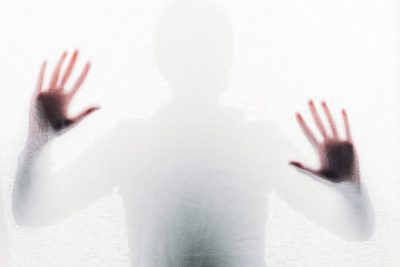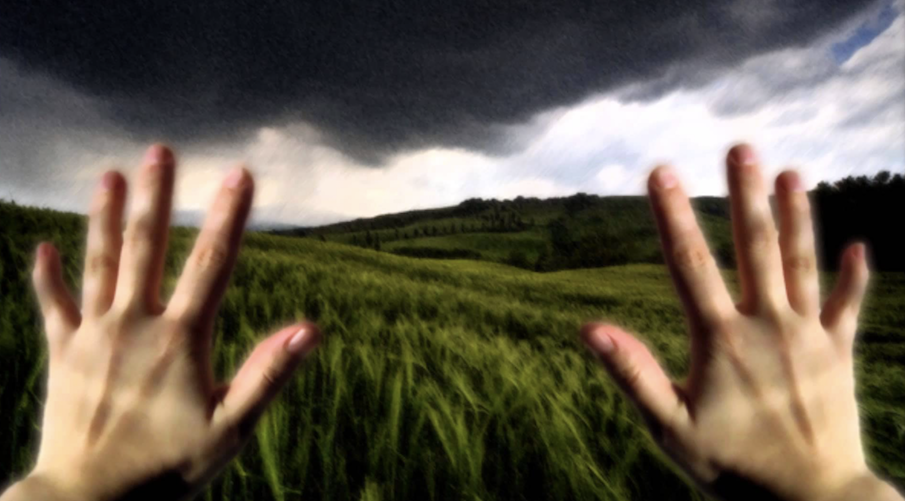

A possible theory is that DPDD emerges when emotions are invalidated so systematically that victims come to eventually perceive themselves as both physically and mentally unreal. Many sufferers report a history of childhood emotional abuse with the absence of other types of abuse (Ó Laoide et al., 2019). Many studies have replicated the idea that DPDD is intimately related to emotional abuse above other types of abuse (Aponte-Soto et al., 2019 Simeon et al., 2001). It is hypothesized that DPDD may be caused by multilevel deficits in the complex interaction between emotional, affective and cognitive processing (Gerrans, 2019). Antipsychotic medications have often been associated with negative outcomes (Medford et al., 2005).Īlthough there is no definitive and universal conceptualization of the origin of the disorder, DPDD is most commonly associated with traumatic experiences and extreme stress.

To add to this frustration, empirical studies to date have shown DPDD to be mostly refractory to current available psychotherapies and pharmacotherapies (Sierra, 2008 Hunter at al., 2005). The lack of empirically supported treatment and limited understanding of this disorder- even amongst mental health practitioners- leaves sufferers feeling hopeless, alone, and misunderstood. There is currently no medical cure for DPDD and a minimal knowledge base on its neurological underpinnings. Optical disturbances associated with the disorder include macropsia and micropsia (objects looking larger and smaller), visual snow, teleopsia (objects looking distant), metamorphosia (distortions in shapes and colors), blurry vision, and rapid fluctuations in light (Simeon et al., 2001). Available data suggest the prevalence of DPDD is between 1.7 to 2.4% of the general population (Hunter et al., 2004), and prevalence studies have indicated that between 40 to 80% of psychiatric inpatients suffer from comorbid secondary depersonalization (Brauer et al., 1970 Hunter at al., 2005 Hunter et al., 2004).ĭPDD is differentiated from psychotic disorders due to its theoretical conceptualization being grounded in trauma and because reality testing remains unimpaired, meaning sufferers fully understand the difference between their internal world and the external world. Depersonalization is defined in the DSM-5 as “longstanding or recurring feelings of being detached from one's mental processes or body, as if one is observing themselves from the outside or in a dream,” and derealization as “the longstanding or recurring feeling of the external world of the individual being unreal”.
/depression-56a59dea5f9b58b7d0dda8ed.jpg)

Although a consistent definition has been accepted by the psychology community since the late 1800’s, the disorder is still misunderstood and understudied, potentially because of the difficulty of non-sufferers to conceptualize the pathology and difficulty for individuals with these traits to verbalize their experiences.
#DEPERSONALIZATION VS DEREALIZATION MANUAL#
Depersonalization Disorder.Depersonalization/Derealization Disorder (DPDD) is identified as a dissociative disorder in the Diagnostic and Statistical Manual of Mental Disorders, Fifth Revision (DSM-5) and a neurotic disorder in the International Classification of Diseases, Tenth Revision (ICD-10). National Organization for Rare Disorders. Depersonalization disorder and anxiety: A special relationship? Psychiatry Research. Stress and trauma: psychotherapy and pharmacotherapy for depersonalization/derealization disorder. Diagnostic and Statistical Manual of Mental Disorders. Social Psychiatry and Psychiatric Epidemiology. The epidemiology of depersonalisation and derealisation. American Journal of Psychiatry Residents’ Journal. Cannabis-induced depersonalization-derealization disorder. Symptom profile and diagnostic utility of depersonalization–derealization disorder: A retrospective critical review from India.


 0 kommentar(er)
0 kommentar(er)
